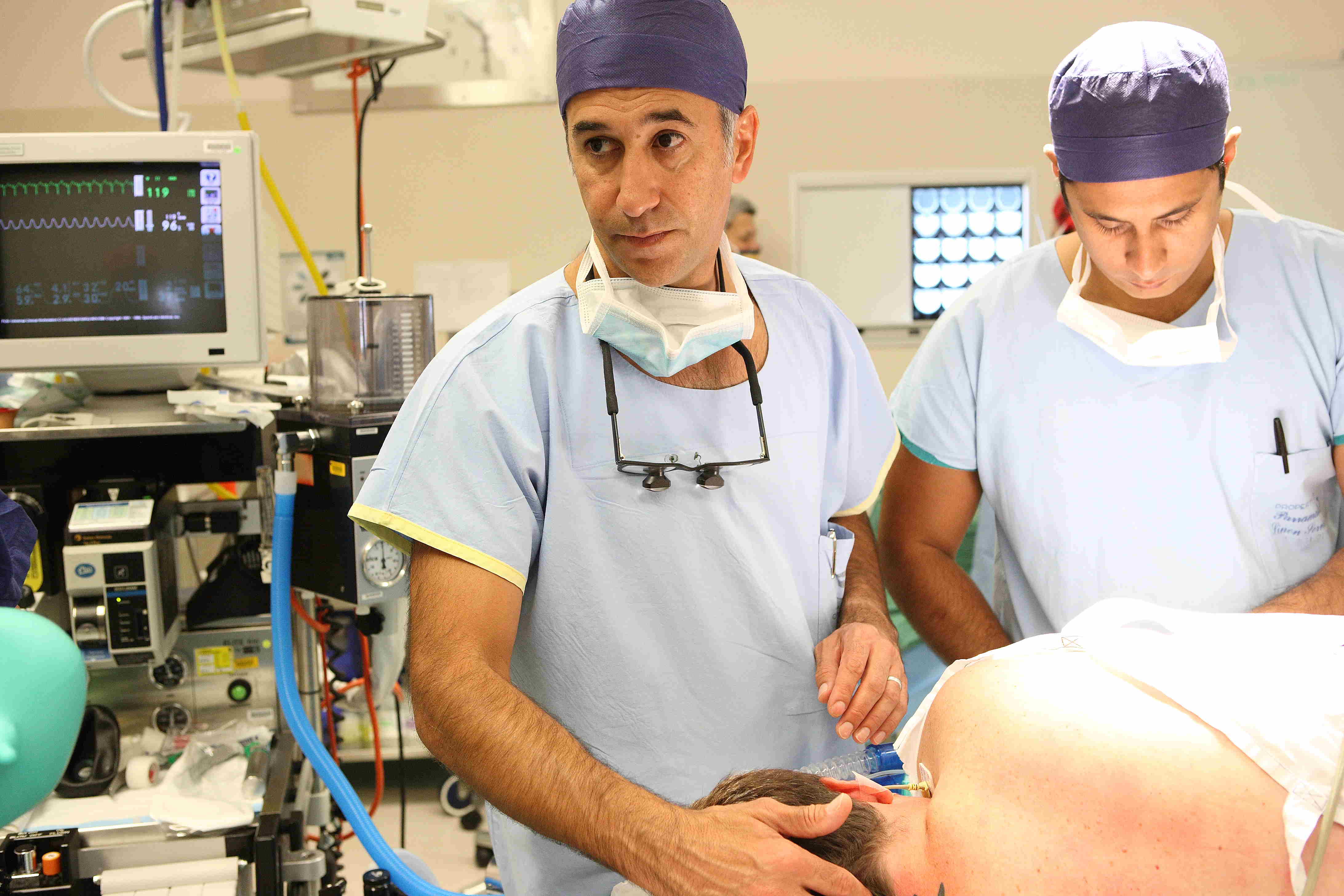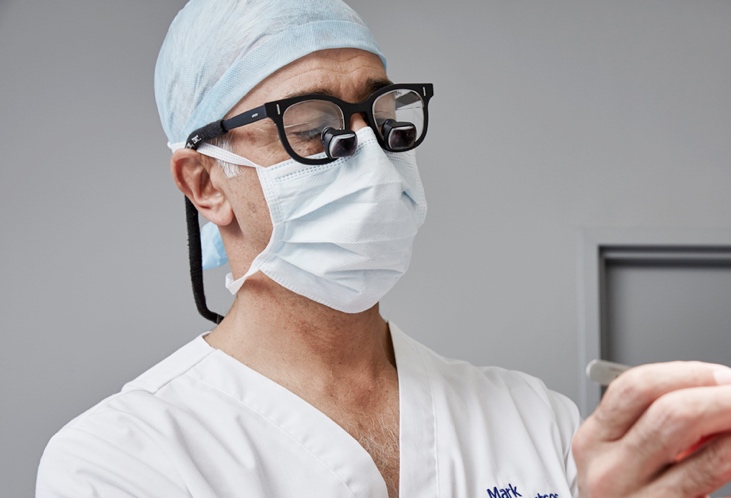Breast Lift with Implants
Following significant weight loss after pregnancy and breast feeding, or simply over time, there can be loss of volume of breast tissue.
Such loss of volume is often an associated significant skin excess and sagging, or ptosis, of the breast. In these cases, an augmentation or implant alone will not address the issue and a combined breast lift as well as an implant is required. This results in additional incisions around the nipple and on the breast, as a trade off for improved shape and contour.
Are implants safe?
Silicon medical devices have been used for many decades with great safety and efficacy. Breast implants have been the subject of a great deal of scrutiny of many different kinds – medical/scientific, legal and media. Some of this scrutiny has been accurate and reasonable, but a good deal of it has been sensationalist and inaccurate. Importantly there is no greater risk of developing a cancer of the breast if you have had a breast augmentation. Also, if you are destined to develop a breast cancer, there is good evidence that there is no delay in the detection of the cancer due to a breast implant.
Although breast implants are manufactured to very high standards, they are not entirely fail safe. They can very occasionally leak and may need to be removed and new implants replaced. Despite manufacturing and surgical improvements reducing its rate, capsular contracture or hardening of implants can occur, leading to the need for removal and replacement. Changes over time with ageing and weight fluctuations can also have implications with regard to reoperation in breast augmentation surgery.
In recent times, it has been recognised that there is an association between breast implants and the development of a rare form of lymphoma or tumour, called ALCL or Anaplastic Large Cell Lymphoma. Globally there have been around 300 cases of this rare breast lymphoma reported in the literature in association with implants.
There appears to be a correlation between the degree of texturing of the surface of the implants and the development of ALCL. A/Prof Gianoutsos uses Mentor implants and has done so for many years. These have a low degree of surface texturing and are associated with extremely low rates of the disease. This is currently estimated at around 1 in 80,000.

Our Procedures

Our philosophy is to treat all patients as we would be expected to be treated ourselves.
A/Prof. Mark Gianoutsos


